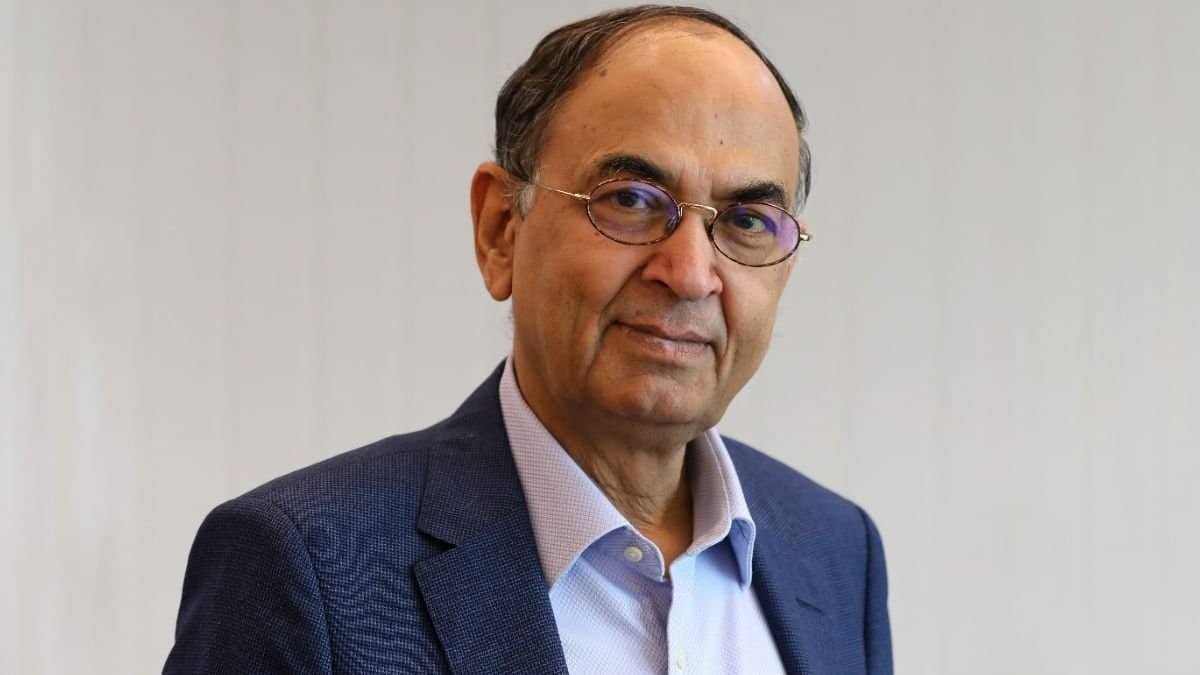
PS Gahlaut Explores Millet Sowing Strategies and Varied Varieties for Sustainable Agriculture
PS Gahlaut – As India celebrated 2023 as the Year of Millets, it underscored the profound significance of these ancient grains in fostering resilience and prosperity for both people and the planet. It also plays a pivotal role in combating food insecurity, alleviating poverty, and addressing malnutrition.
New Delhi (India), May 15: Recently, there has been a resurgence of interest in ancient grains, and millets have emerged as champions in the realm of sustainable agriculture. Renowned agricultural expert and the Managing Director of Indian Potash Limited (IPL) PS Gahlaut has been at the forefront of exploring millet sowing strategies and diverse varieties to promote sustainable farming practices. “India marked 2023 as The International Year of Millets with distinctive flair. Dubbed as the ‘smart food’, millets boast exceptional nutritional value, rich in fiber, proteins, iron, and essential minerals, offering a holistic approach to well-being. Yet, beyond their health benefits, millets emerge as steadfast allies in promoting sustainable development,” says PS Gahlaut.
The Rise of Millets: Significance in Sustainable Agriculture
Millets, once considered ‘poor man’s food,’ have now garnered attention for their exceptional nutritional benefits. Comprising of various small-seeded grasses, millets are broadly divided into two categories depending on size: major millets and minor millets. Major millets include sorghum, pearl millet, proso millet, finger millet. The consumption of these doesn’t cause any diseases and cures any existing ailements, keeping our body healthy. Minor millets include little millet, foxtail millet, browntop millet, barnyard millet, and kodo millet. They are highly rich in fibers and are consumed by soaking in water for about 6-8 hours prior the consumption so that their fibers can become soft and tender. They have low glycemic index, to which means they regulate blood sugar without sudden spikes or drops. Both of these categories come under the Poaceae family and are adaptable to diverse climates. “Originating from ancient civilizations like India and China, millets have stood the test of time, offering a resilient and sustainable alternative to mainstream grains like wheat and rice. The United Nations’ declaration of 2023 as the Year of Millets signifies a global awakening to the immense environmental and nutritional benefits these small grains hold,” mentions PS Gahlaut. However, their recent resurgence can be attributed to their nutritional richness and resilience to adverse environmental conditions. These ancient grains are packed with essential nutrients such as protein, minerals, dietary fibre, B complex vitamins such as niacin, thiamin, riboflavin, essential amino acids like methionine and lecithine making them an ideal choice for combatting malnutrition and promoting food security. Apart from this, they are also rich in phytochemicals which lowers cholesterol and helps to reduce the incidence of cardio vascular diseases and cancer.
“Their cultivation demands minimal water and pesticides, making them a beacon of hope in the face of climate change and diminishing natural resources,” quotes PS Gahlaut. Millets play a crucial role in sustainable agriculture due to their remarkable adaptability and resilience. PS Gahlaut further adds, “These hardy crops have a unique ability to thrive in regions with low rainfall and poor soil quality, making them ideal for marginal lands unsuitable for conventional crops. Their deep root systems enable them to withstand drought conditions, reducing the dependency on irrigation and chemical inputs, thus promoting eco-friendly farming practices.” It becomes evident that embracing Millet as a staple food can not only contribute to biodiversity conservation but also foster climate resilience and promote a more sustainable food system.
Optimal Sowing Seasons and Best Practices
Understanding the optimal sowing seasons for different millet varieties is essential for maximizing yields and ensuring successful cultivation. Factors such as temperature, rainfall patterns, and soil conditions significantly influence the choice of sowing time. Gahlaut emphasizes the importance of selecting the right variety and sowing time to optimize growth and yield potential. PS Gahlaut continues, “Implementing best practices for millet cultivation is vital for achieving successful outcomes. This includes meticulous seed treatment to enhance germination rates, appropriate spacing between plants to prevent overcrowding and competition for resources, and proper soil preparation techniques to ensure optimal nutrient uptake and water retention.”
Future Prospects and Call to Action
The future of millet cultivation holds immense promise in addressing various challenges faced by modern agriculture. As the world grapples with food insecurity, climate change, and environmental degradation, millets offer a sustainable solution to these pressing issues. Their ability to thrive in adverse conditions, coupled with their nutritional richness, positions them as key players in promoting food security, enhancing nutrition, and mitigating the impacts of climate change. While concluding, Parvinder Singh Gahlaut mentions, “Exploration of millet sowing strategies and varied varieties underscores the importance of prioritizing and investing in millet farming for a more resilient and sustainable agricultural future. It is imperative for stakeholders, including policymakers, farmers, and consumers, to recognize the potential of millets and support initiatives aimed at promoting their cultivation. By harnessing the power of millets, we can pave the way towards a more sustainable and equitable food system for generations to come.”
If you have any objection to this press release content, kindly contact pr.error.rectification@gmail.com to notify us. We will respond and rectify the situation in the next 24 hours.


